Thanks to regular contributor Moddsey for this compilation of photos showing the old Traffic-Police Pagodas through the years.
The first photo is from the 1920s. It shows the corner of Pedder Street and Queen's Road Central, with Wyndham (Flower St) on the left. Note the Chinese policeman with the black and white traffic stave (2 1/2 feet long). Traffic police were armed with traffic staves for the first time on 21 November 1922 for the pupose of signalling traffic to halt at busy road junctions. (Source: HK Daily Press 22 November 1922).
1920s Star Ferry, Praya Central:
1930s Pedder Street:
1930s Ice House Street:
1950s Jordan Road Ferry Pier:
1950s Nathan Road near Chung King Arcade. Platform with no pagoda:
1960s Nathan Road, Sun Ya Hotel:
1960s Probably Magazine Gap Road and Peak Road:
1960s Connaught Road Central:
1960s Nathan Road at Salisbury Road:
1990s Police Museum:
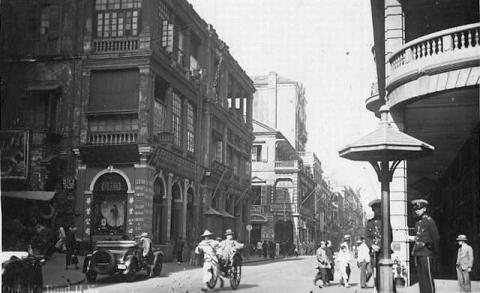

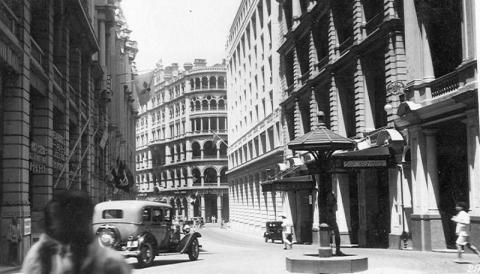
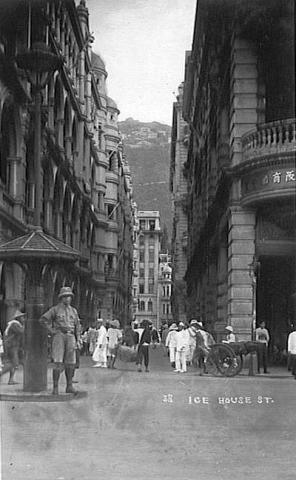
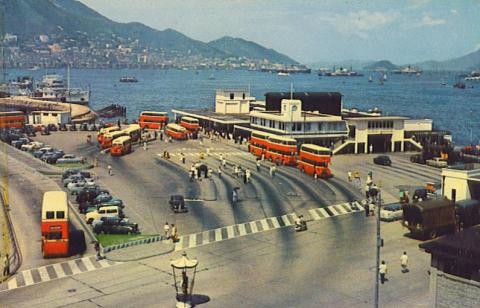

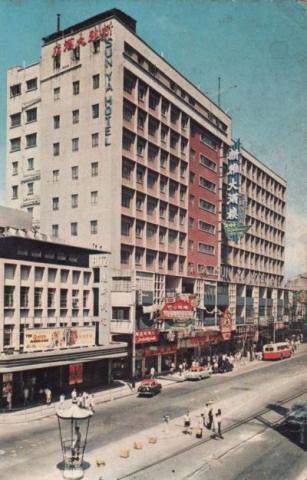
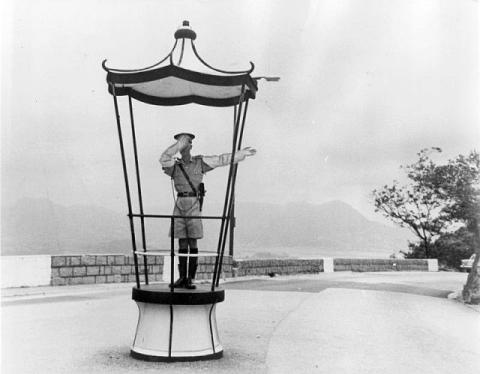

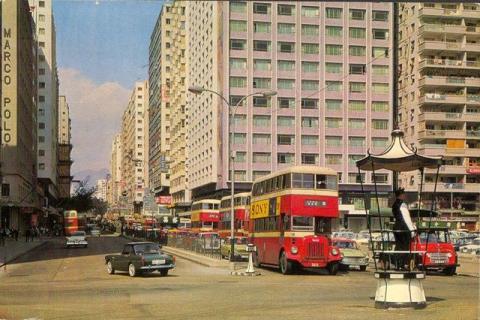
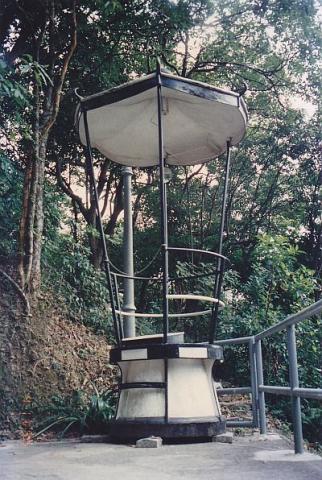
Police Pagodas
Such a shame they ever did away with them!
I remember them from my
I remember them from my childhood (just). I'm not that old. I think just about the last of them was situated just south of the Maryknoll Convent at the junction of Waterloo Roads and Boundary Street, or possibly Prince Edward Road. It always used to thrill me when there was a policeman directing traffic from it. Which wasn't often.
Re: Traffic Pagoda
The traffic pagoda was situated at the junction of Waterloo Road and Boundary Street.
Police Pagoda vs large lory?
Now I need to know if a large lorry ever 'took out' a Police Pagoda somewhere on Garden Road, in the 1960's I think? My Mother thinks the Pagoda was at the bottom, but I think it was at a junction nr. Albert Rd?
Re: Traffic-Policy Pagodas
Hi there,
I remember there was one at Percival & Lockhart back in the 1970's. But strange enough, I also remember there are traffic lights (both vehicle and padestrian) at East Point Road/Great George Street/Yee Wo Street at the same time.
Best Regards,
T
Central Police pagoda
My grandparents shot this photo in Central in 1965.
Re: Traffic-Policy Pagodas
I heard there were both traffic lights and police pagodas to save electricity. So the traffic lights were only used at night, and even then sometimes they weren't when there was a brown out.
Re: Traffic Pagodas
Nice photo. If one were to look closely, traffic lights had already been installed further up at the junction of Des Voeux Road Central and Pedder Street.
Traffic Policy - Pagodas
I think they should still do that! Anyone know which countries still have traffic policemen in the street directing traffic? I am sure they do in lots of places?
Police Pagoda
Here's one from "Soldier of Fortune" that was along Connaught Road. I'm not sure of the exact location but I would hazard a guess that it was somewhere around Jubilee St or Gilman St?
Re: Traffic Police Pagodas
North Korea is famous for having good-looking traffic policewomen directing traffic in their capital. I cannot think of any other country.
Until the 1980s, there was a pagoda in Causeway Bay at where Leighton Road, Pennington Street, Yun Ping Road and Caroline Hill Road come together.
I wonder when the first traffic light was installed, and when the last traffic police pagoda was removed.
An aside: Sedan chairs were a means of transportation until around 1962. There are still two licensed rickshaws in Hong Kong! (http://www.td.gov.hk/mini_site/atd/2011/en/s3_p3.htm)
Re: Traffic Lights
As I understand from reading the local press, the first set of traffic lights were installed in 1922 at the bottom of Garden Road with Queen's Road.
By the end of 1922, other traffic lights were installed at the junction of:
a) Pokfulam and Bonham Roads;
b) Breezy Point and Bonham Road;
c) Caine Road and Bonham Roads;
d) Caine, Arbuthnot, Upper Albert Roads;
e) Garden Road and Lower Albert Road (near Lower Peak Tram Station)
Sources: HK Daily Press 22 November 1922 and HK Telegraph 29 December 1922
More about the pagodas
I've received a couple of interesting additions by email. Some comments from Axel:
I know someone who used to work in the EMSD (Electrical & Mechanical Services Dept) and he said the pagodas were made locally after tenders were submitted subject to certain specs. The pagodas were moved after hours late at night using flatbed lorries & forklifts to unload them.
Usually the traffic cops did no longer than 3 hour stints as a rule.
And this article from Tony:
Thanks to you both,
David